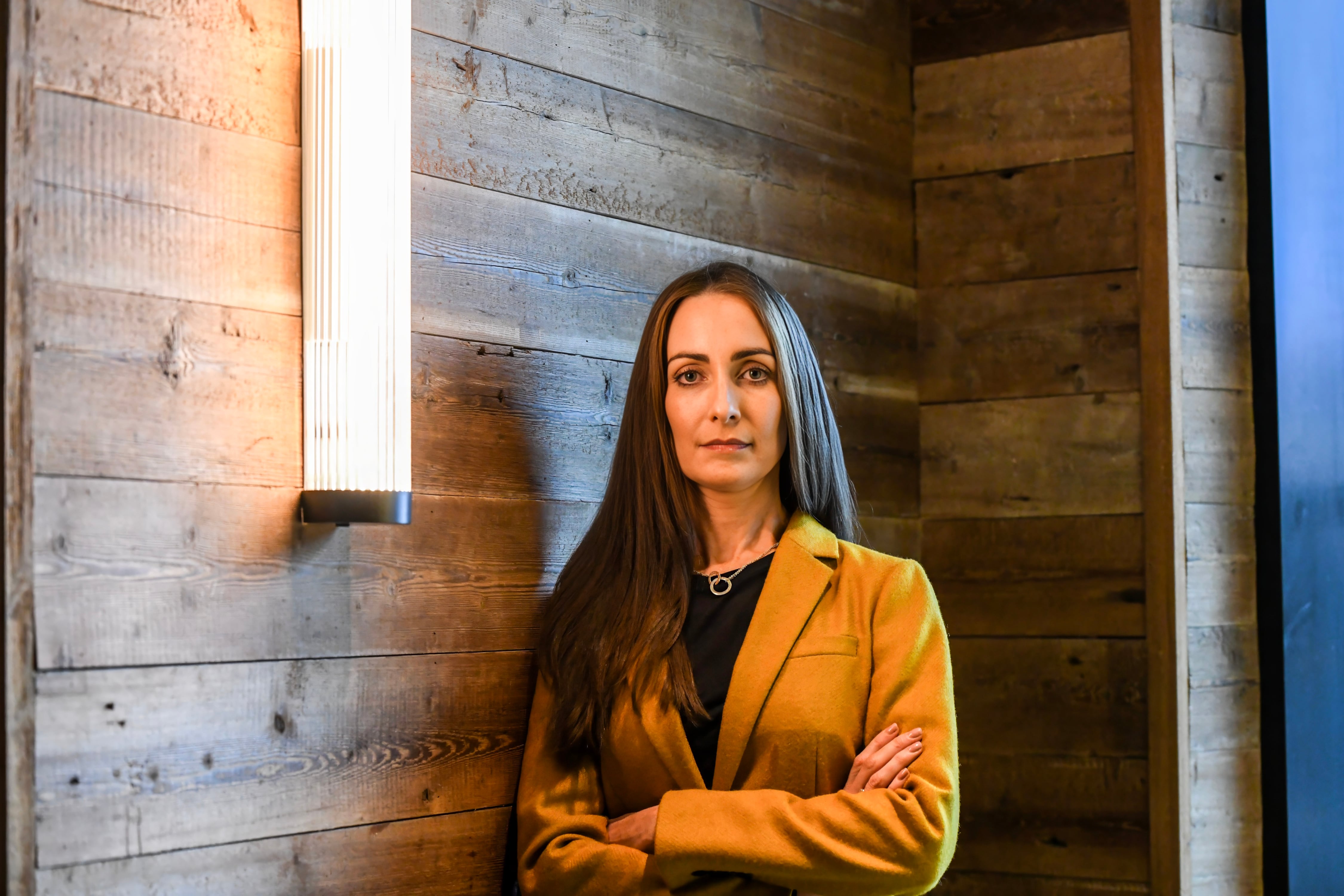In promoting diversity, inclusion and equality practices, organisations often seek to address unconscious bias. False and damaging stereotypes about people considered different can relate to race, gender, age, ableism and sexual orientation. Potential negative effects on affected employees can include alienation, lowered self-confidence and self-esteem, disengagement, stress and increased likelihood of quitting their positions.
Raising awareness is important but research suggests that unconscious bias training in itself isn’t enough. In fact, in some cases, it can do more harm than good. An analysis of more than 490 studies involving 800,000 people by psychologist Patrick Forscher and colleagues found that unconscious bias training didn’t change behaviour. An earlier review of more than 700 companies by US academics Alexandra Kalev, Frank Dobbin and Erin Kelly went further, showing that after unconscious bias training the likelihood that black men and women would advance in organisations often decreased.
While this seems counterintuitive, experts acknowledge that highlighting and labelling unconscious bias can contribute to the problem.
Dr Celine Mullins, a psychologist and coach with wide experience in leadership training, says pointing out that we are all guilty of unconscious bias, and illustrating the many examples of these biases, can legitimise these views in the eyes of the very people you are trying to influence and change; instead, the emphasis should be on having a programme of processes to change attitudes and behaviours.
READ MORE
“Because it is unconscious bias, we have to set up procedures and processes to avoid this bias as much as possible and we’ve got to create psychological safety so that people can speak up. Otherwise, it’s a tick-box exercise that goes nowhere,” says Mullins.
“There needs to be a commitment by people in senior positions to create a culture of ‘this is how we do things around here’, not just nice pictures or words of value on walls and websites. Everyone needs to understand what the organisation is doing in this area and why it is important.”

Moira Grassick is chief operating officer at Peninsula Ireland, which provides training in this area. Key components of a good unconscious bias training programme, she says, include a thorough and accurate explanation of the concept, the legal implications of bias in the workplace, as well as tips on how employees can understand their own biases and strategies to overcome them. Employees should also be taught how to check themselves before making potentially stereotypical assumptions or bias-informed decisions.
Grassick says a well-structured training programme, along with a rigorous follow-through by the organisation to embed good practices, can have very tangible results.
“The most significant result of a successful unconscious bias training programme is reducing biased treatment in the workplace, ensuring that all employees are protected against discrimination,” she says. “By ensuring employees can identify, and therefore prevent, unconscious bias, businesses are also less likely to be subject to tribunal claims, compensation fees or reputational damage resulting from discriminatory or biased behaviour.”

One of the most tangible areas unconscious bias training is used in is the recruitment process. Organisations need to ensure their interviewers are not behaving in a biased way and applicants have a right to be protected, enshrined in law, notes Mary Connaughton, director of CIPD Ireland. A significant and growing proportion of the labour market now comes from more diverse backgrounds than would traditionally have been the case, she notes.
“Having unconscious bias training done close to interviews is important and even if the organisation feels it has been done in the past, it needs to be refreshed. It should also be part of a wider process of examining the number of people from different backgrounds who have applied for positions, how many of them are successful in the recruitment process and how long they stay in the organisation.”
Grassick says her organisation has seen businesses implementing many different initiatives to attempt to overcome unconscious bias in the recruitment process.
“Some now have recruitment practices such as having blind CVs, for example, meaning that hiring managers are not able to see any information unrelated to a person’s professional capabilities, such as age, gender or ethnicity. Many businesses are also making a more conscious effort to ensure that they have diverse hiring panels to prevent unconscious bias from playing a role in hiring decisions.”
One of the key questions in this area is whether unconscious bias training should be mandatory. Some experts believe a voluntary opt-in approach may simply encourage participation by those who have greater awareness in this area anyway. Others say that mandatory policies may simply encourage a tick-box exercise.
Mullins believes the answer to this depends on how seriously the organisation is taking the issue.
“Mandatory training is fine if there’s an understanding that tackling unconscious bias is being built into every other area: recruiting, induction, learning, HR and promotion, for example. Otherwise, if the organisation is only taking a light-touch approach, you can do more damage than good.”















